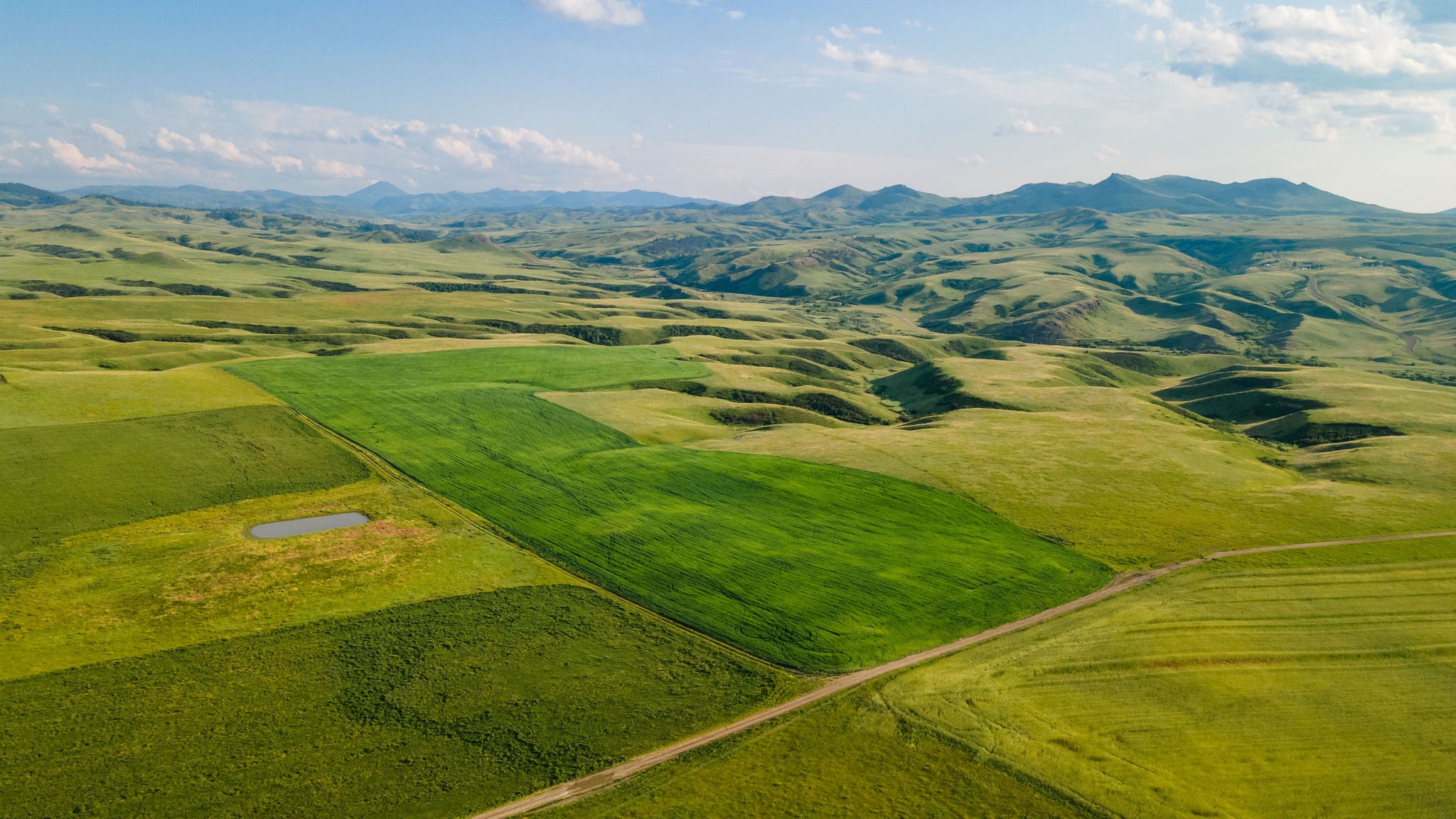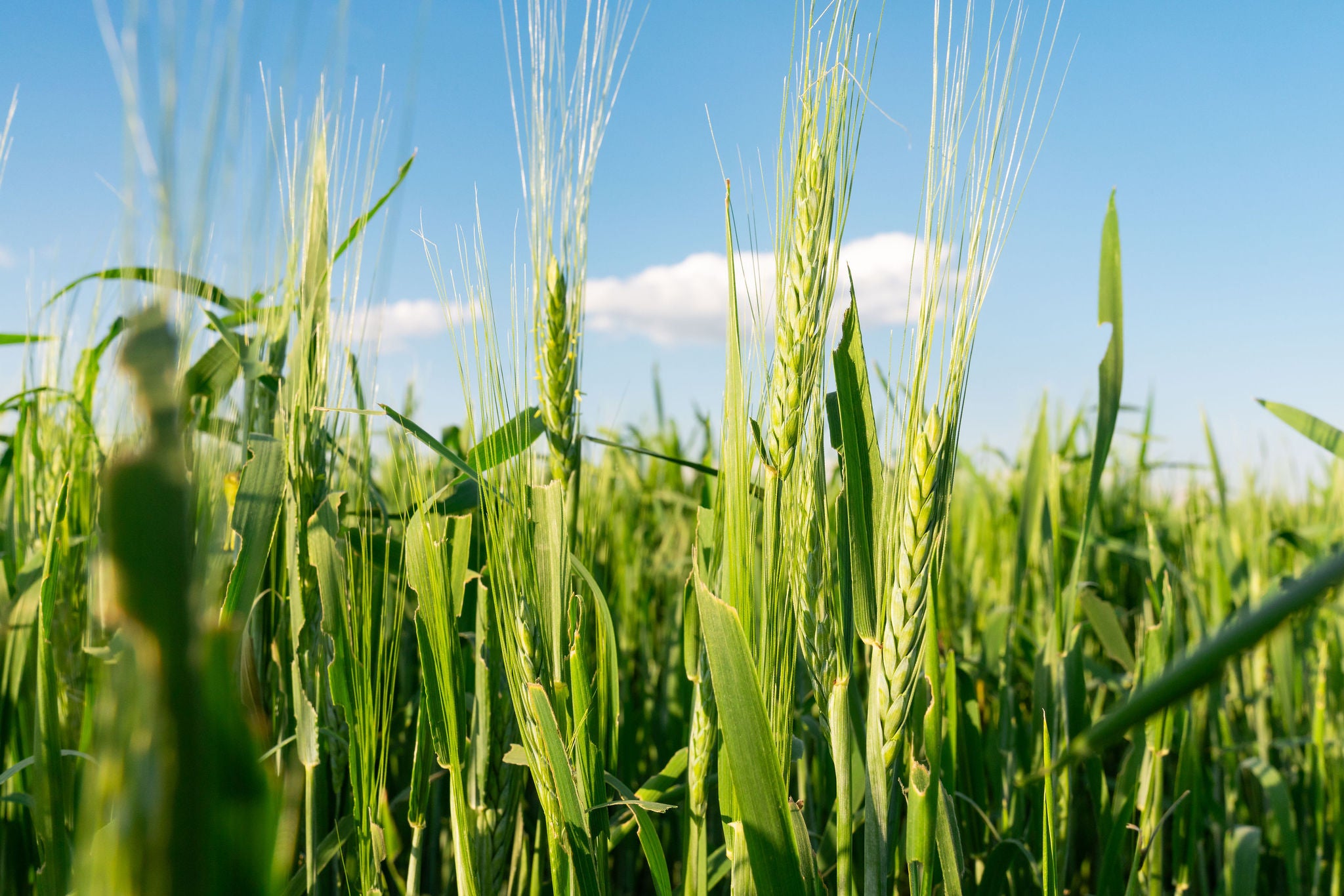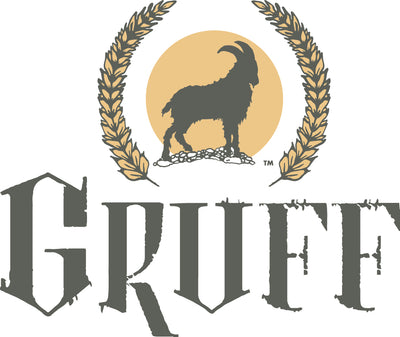
Our Farming Principles
Produce Healthy Food
Grow Regeneratively
Improving Our Land Overtime
Healthy Soil = Healthy Food

What is Regenerative Organic?
Credit (ROC)
Vegetative Cover
Crop Rotation
Minimal Soil Disturbance
Rotational Grazing
Compost
No Synthetic Fertilizers or Pesticides
Ancient Grains for Modern Diets

